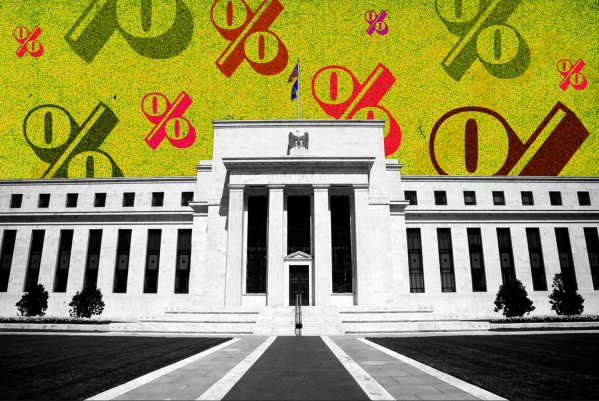What the Fed's Interest Rate Pause Means for Mortgages, Savings Accounts and More

The Federal Reserve announced Wednesday that it will not raise interest rates, marking only the second occasion out of six meetings this year when rates were held steady.
For the past 17 months, the U.S. central bank has used higher rates to try to get a grip on inflation, but it has had to balance that with the negative economic consequences that come with them. This pause gives officials more time to observe the effects of previous rate hikes before deciding if they should jack rates any higher before the end of the year.
"Given how far we have come, we are in a position to proceed carefully as we assess the incoming data and the evolving outlook and risks," Federal Reserve Chairman Jerome Powell told reporters in a news conference Wednesday.
After a two-day Federal Open Market Committee meeting, members of the Fed decided to keep the federal funds rate at the same level they've been at since July, which is a target range between 5.25% and 5.5%. The federal funds rate determines what it costs for banks to borrow money from each other, and it’s currently the highest it's been in more than two decades.
Most Fed officials expect there will be one more interest rate hike before the end of 2023 and expect to need rates to be nearly this high next year as well.
The annual inflation rate is 4.3% based on the core consumer price index, which excludes volatile energy and food prices. Prices increased more than expected in August, and the Fed’s 2% long-run inflation target remains a ways away.
What the Fed pause means for the economy
While the Fed does not set mortgage rates or consumer loan rates, its decisions have a ripple effect, and lending markets tend to react to the committee’s decisions. As the Fed has raised rates 11 times since March 2022, mortgage rates and other loan rates have soared, making it more expensive for Americans to borrow money.
These rate hikes have had far-reaching economic impacts, leading to a slowdown in the housing market and making it much harder to buy a car due to high auto loan rates. And recently, there have been more signs of a cooling labor market, including data showing that job openings have fallen back to early 2021 levels.
The impacts of higher rates aren't all bad for consumers, though. Higher rates have made certain bonds and high-yield savings accounts a lot more attractive, which is why you can find 5% APYs right now. Those savings rates could move even higher by the end of the year, especially if the Fed raises interest rates in November.
Why mortgage rates will remain high
Considering that the Fed did not raise interest rates in September, mortgage rates won't get the jump they likely would have if there had been. However, Sam Khater, chief economist at Freddie Mac, said in a recent statement that mortgage rates will likely remain above 7% for the foreseeable future due to the "reacceleration of inflation."
Homebuyers have had a tough year because they don't have have as much purchasing power with loan rates at these levels. Until inflation comes down, that will continue to be the reality.
It won't just be mortgages, either: The trickle-down effect of the Fed pause means interest rates on personal loans, auto loans, student loans and other loans will all likely remain high.
The next Fed meeting is scheduled for Oct. 31 and Nov. 1.

